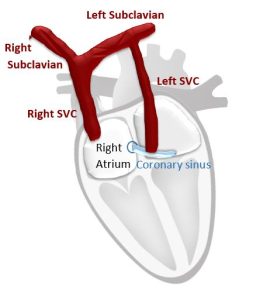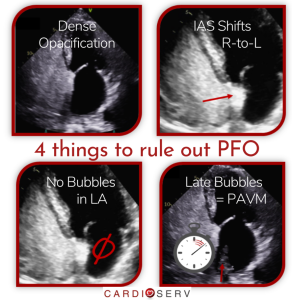Last week, we reviewed basic venous anatomy and discussed how damaged valves cause venous reflux. This week we will continue with our Venous Reflux blog series by reviewing:
- Correct Patient Positioning
- Augmentation
- Correct measurement of venous reflux
PATIENT POSITIONING:
The goal is to have the patient elevated, to allow for better sonographer ergonomics. The patient should not put their weight on the leg you are scanning. You can have the patient stand on a platform or place their scanning leg on a stool,
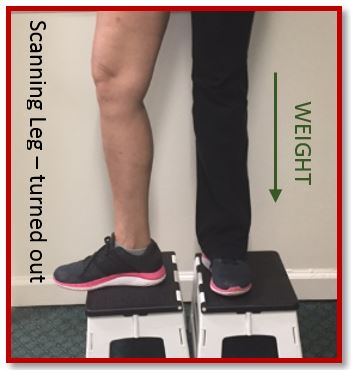 | 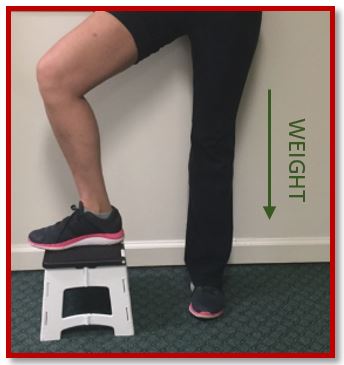 |
3 TIPS FOR CORRECT PATIENT SCANNING
- Patient standing on platform
- Weight on non-scanning leg
- Scanning leg, should be turned out, for easier scanning access
SCANNING BASICS
- A venous reflux exam takes 45 to 75 minutes
- The deep and superficial veins are examined
- Distal augmentation is used for each location, as indicated by your scanning protocol
AUGMENTATION TIPS
Augmentation is performed by squeezing the patient’s leg. It is used, to manually pump the blood towards the heart. Once the leg is squeezed, blood travels superior (antegrade). The valves in the veins should close and not allow the blood to travel back down the leg. If the valve fails to close, the retrograde flow may take time to return to the baseline. This retrograde flow is VENOUS INSUFFICIENCY. Best practices for augmentation during a venous reflux exam include:
- Squeeze leg distal to the probe
- Squeeze long and hard

HOW TO MEASURE VENOUS REFLUX
- Venous reflux is measured from the time of augmentation to the point flow returns to baseline
- Measure the entire retrograde flow
- Reflux may present above or below the baseline depending on the position of the vessel
- You have the option to invert the image if desired
MASTERING VENOUS REFLUX CME WORKSHOP
Ultrasound plays a vital role in identifying venous reflux. We will review the pathophysiology of venous reflux, signs and symptoms, ICAVL scanning protocols, diagnostic criteria for ablation, and much more at our upcoming Mastering Venous Reflux workshop.
Sign up before July 1st for the early registration discount!

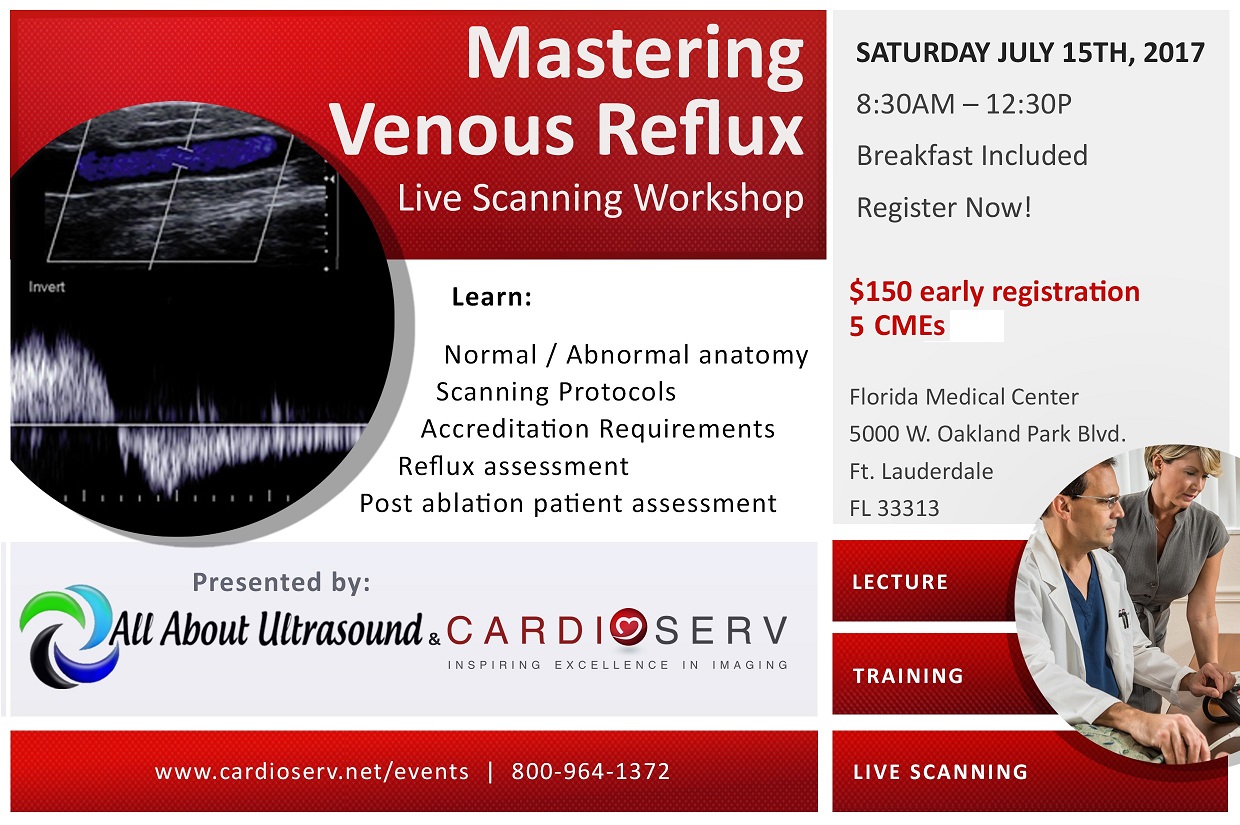

Angela Mills, BA, RVS




